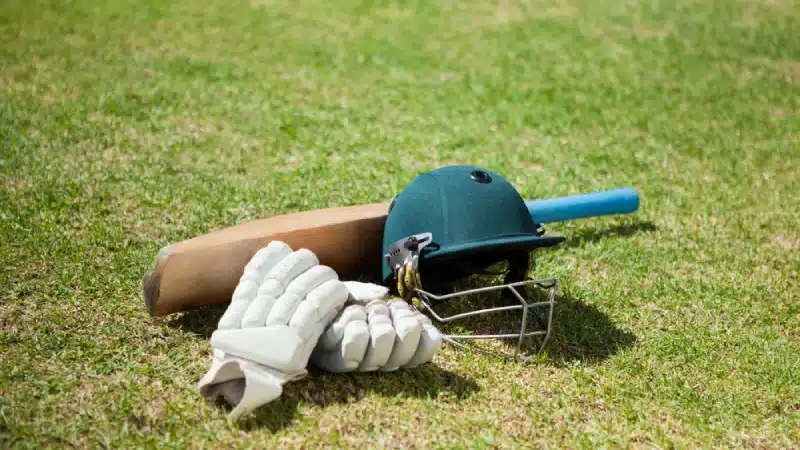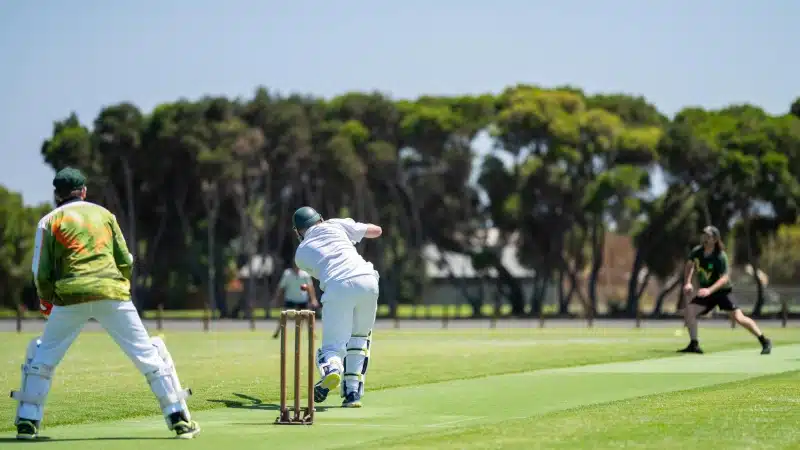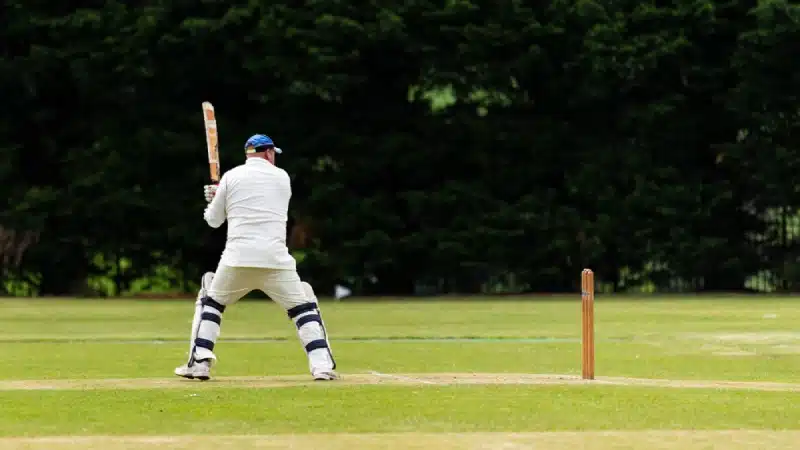
Test cricket is considered to be the pinnacle and purest form of cricket. The longest format of the sport tests every cricketer both physically and mentally.
While the term “Test match” was coined in 1861-62, the first official Test was played between hosts Australia and England at the iconic Melbourne Cricket Ground (MCG) in March 1877. Australia won the Test by 45 runs.
Currently, there are only 12 nations playing Test cricket. Afghanistan, Australia, Bangladesh, England, India, Ireland, New Zealand, Pakistan, South Africa, Sri Lanka, West Indies and Zimbabwe have been granted Test status by the International Cricket Council (ICC).
Test cricket is often regarded as the greatest test between the bat and the ball over long and tiring five days.
While it is the oldest format of the sport, people often question how many overs in Test cricket?
How many overs in Test cricket?
As per standard rules, the bowling team needs to complete at least 90 overs in a day’s play. Considering a Test match is usually played across five consecutive days, around 450 overs need to be bowled in a Test match.
A normal day of Test cricket comprises three sessions of two hours each. There are breaks between sessions - 40 minutes for Lunch, and 20 minutes for Tea.
As a general rule of thumb, 30 overs are bowled in each of the three sessions. As per the rules stated by ICC, each bowling side needs to maintain an average of 15 overs per hour during a Test match.
However, the standard times of sessions can be affected in case of inclement weather or change of innings. Furthermore, two overs are also lost during a change of innings when a team is bowled out or decides to declare.
Additionally, the session times can be adjusted to compensate for any loss of playing time and make up the lost overs.
In order to complete the quota of 90 overs on a given day, the final session can be extended up to 30 minutes.
Interestingly, the final session may also be extended by 30 minutes (except on the fifth day) if the umpires believe the result of the Test match can be decided within that time period.
However, there is no exact limit on the number of overs that a side can bowl in a day’s play in Test matches.
While the maximum number of overs a team can bowl is 90 assuming there’s been no hold up in play, it is up to the umpires to decide after evaluating the playing as well as weather conditions along with the match scenario.
Photo credit: Alamy




















